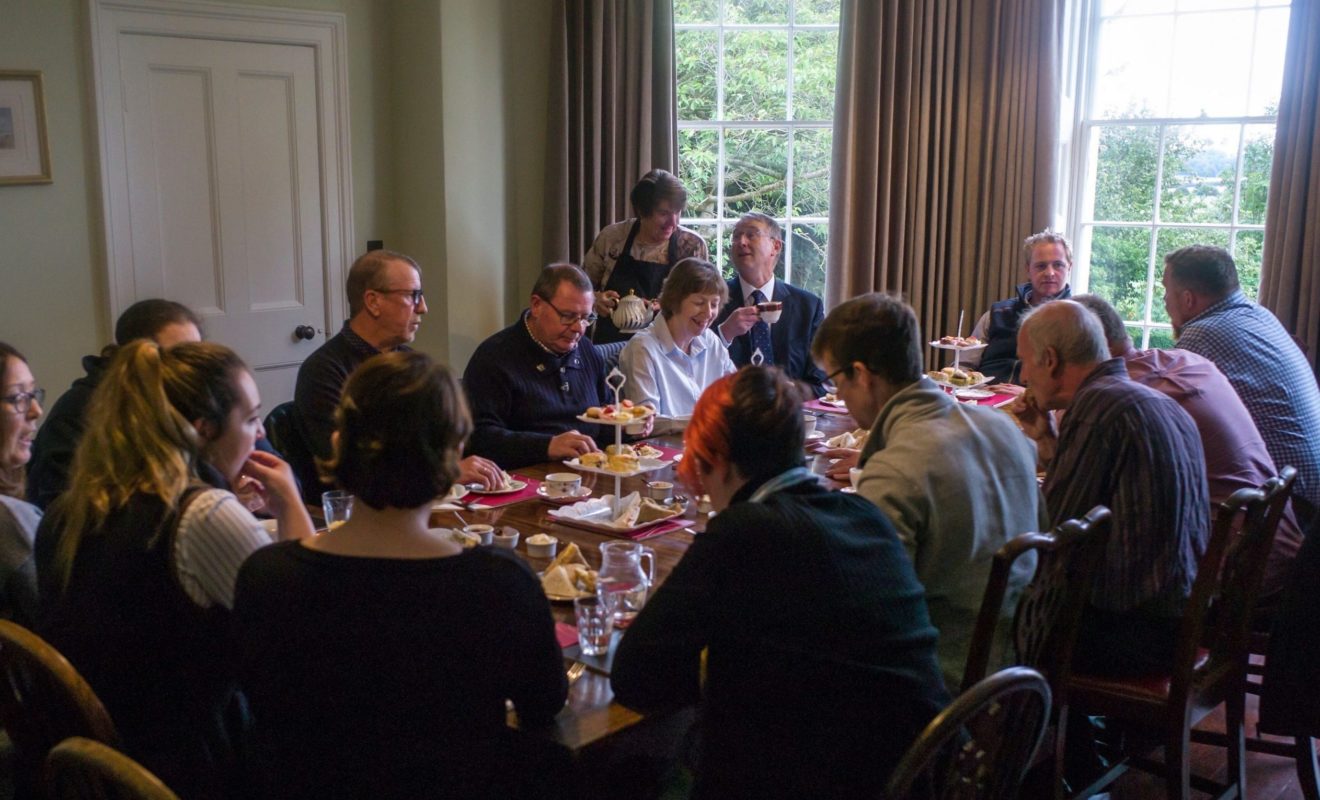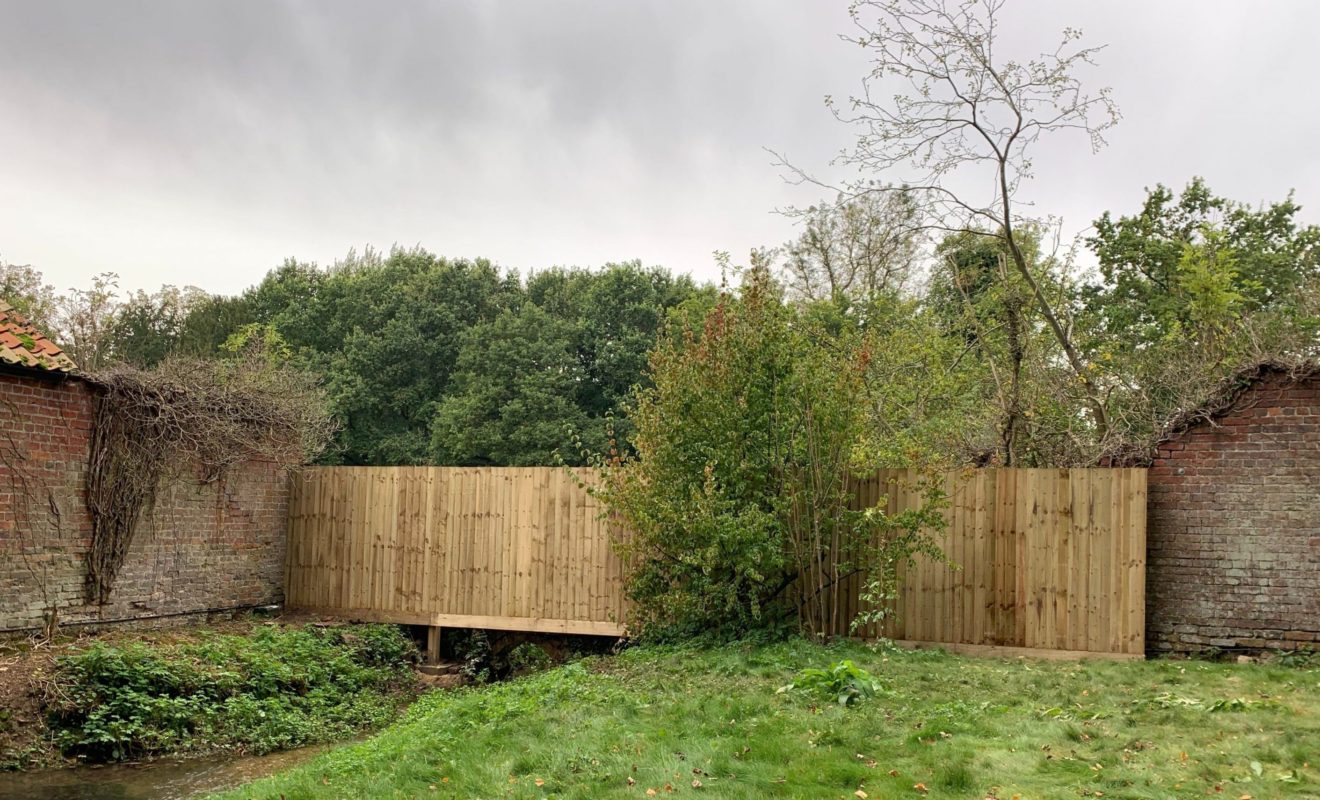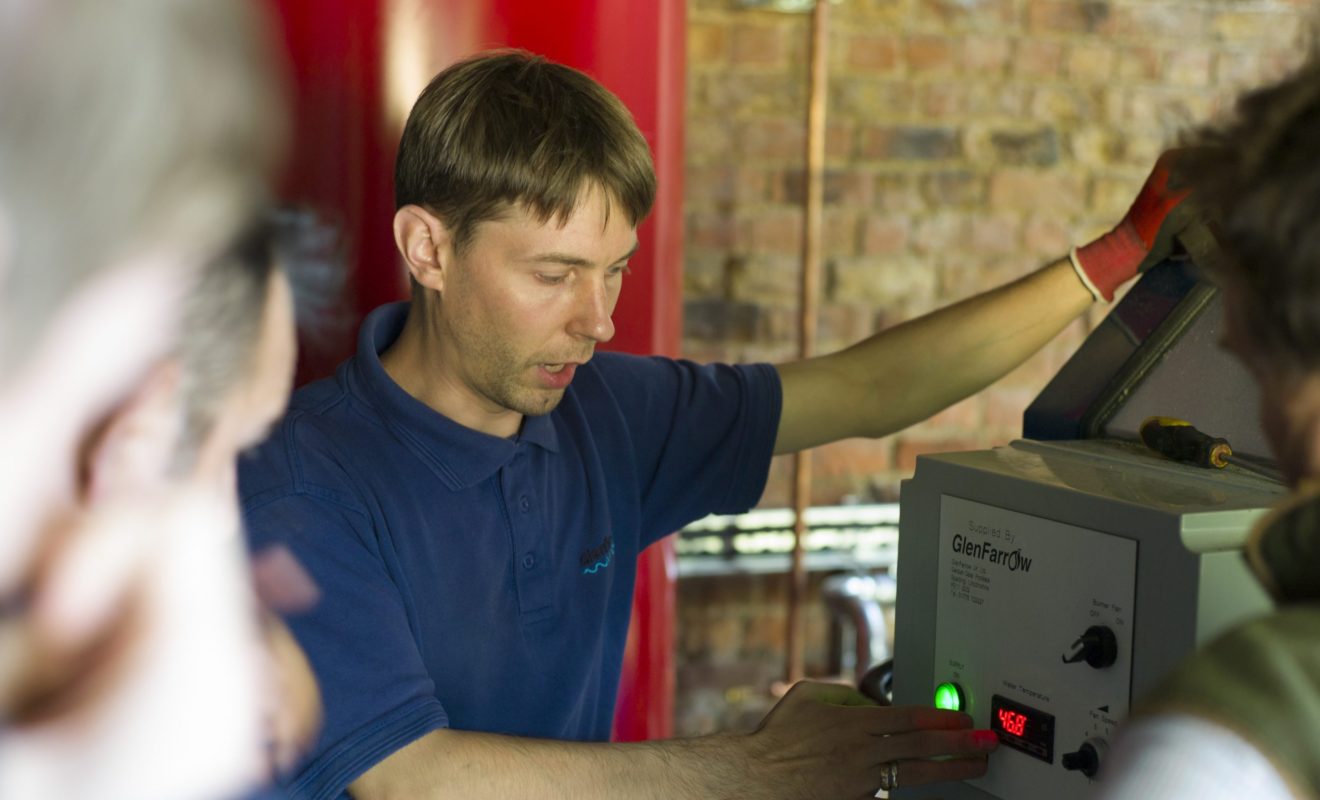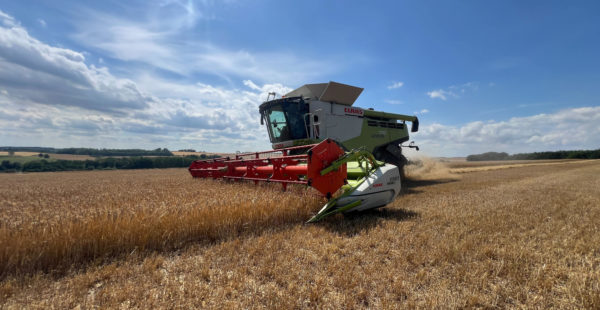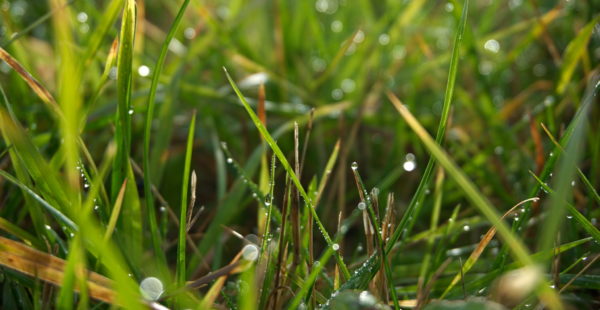Afternoon Tea, Lincolnshire Life & Biomass Insights
South Ormsby’s week began in a highly civilised fashion. Estate staff enjoyed afternoon tea at The Old Rectory Guest House, with hostess Tanya providing a mouth-watering selection of sandwiches, home-made cake, macaroons and scones with cream and jam, washed down with plenty of tea and coffee.
Indoors and out, the estate’s work continued apace. At Keal Yard, Rase Steel installed Yorkshire cladding on the old crew shed. In the meantime, safety netting went up on the brand-new barn in readiness for roof sheeting. Ultimately, this will provide winter shelter for our Lincoln Red cattle.
An over-supply of rainfall left estate workers soggy and some fields water-logged, yet work continued to harvest timber from the woods and plant new fence posts. At the Hall, Newboult Construction laid bricks to help protect and preserve the Walled Garden for generations to come, while Dave Ward and his team with joiner Phil Codd completed a handsome new section of fencing.


